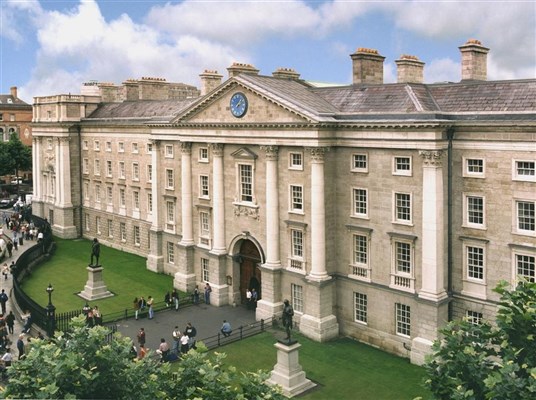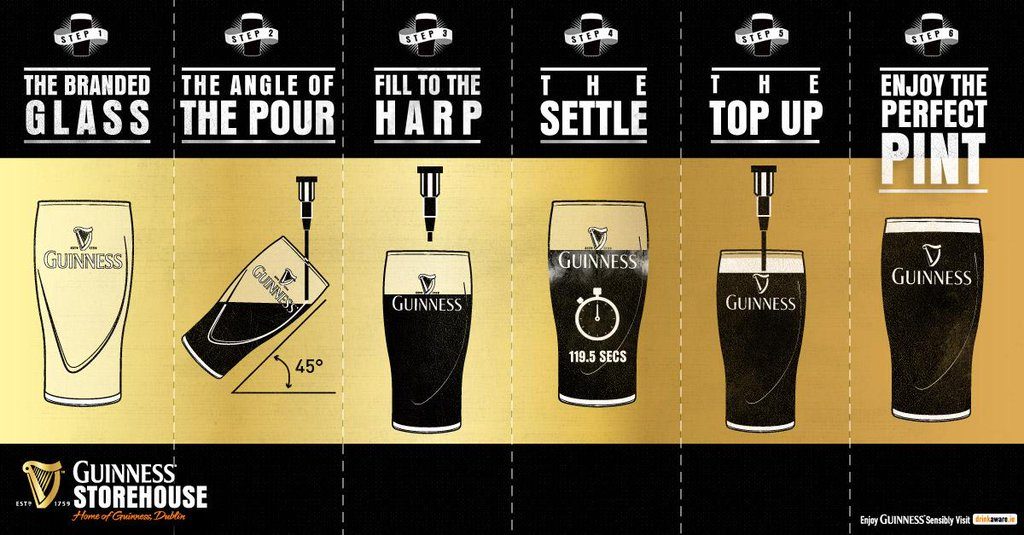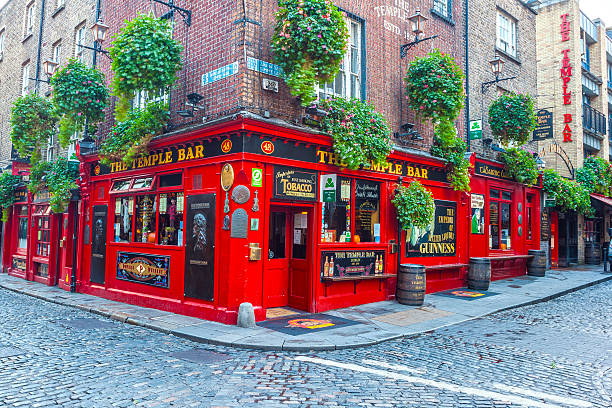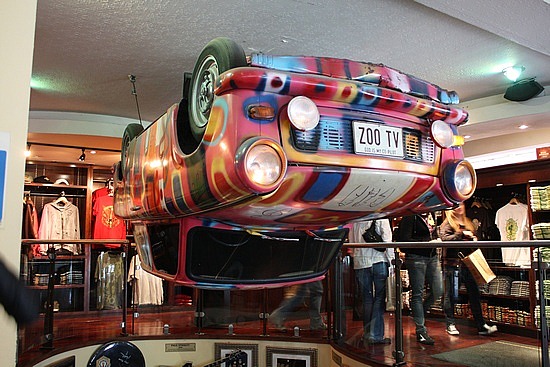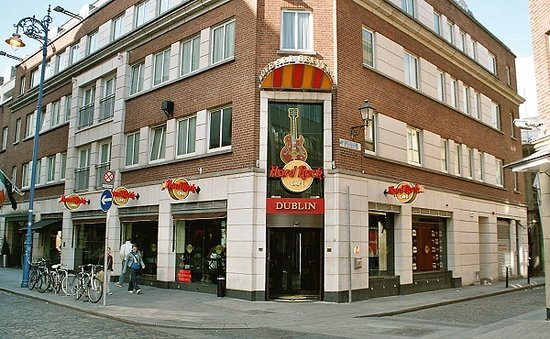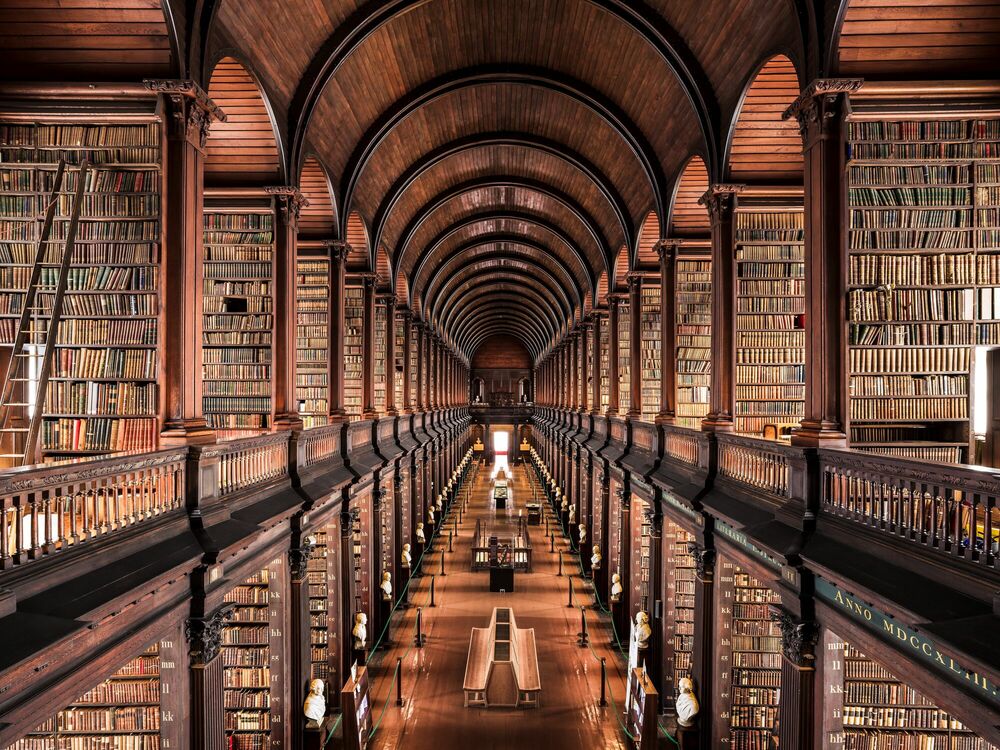
Trinity College Dublin is a world-renowned educational institution and one of the oldest educational institutions in Ireland. The full official name of the institute is Queen Elizabeth’s Holy Trinity College near Dublin, founded by Elizabeth I in 1592 and formally established. Trinity College has announced that it is an independent institution with the University of Dublin, but it is the only institutional body and the two institutions are considered a unit. The college is located on Green College in central Dublin, opposite the Bank of Ireland building, which was the Irish Parliament building. The university covers an area of 220,000 square meters, including the main university complex and the Trinity Technology and Enterprise Park.
The library contains about 200,000 volumes of text and many important ancient manuscripts, including the famous Book of Kells. Initially, this was a university reserved exclusively for Protestants, but Catholics have been admitted since 1793. Instead, women, only since 1904.
among the former students of this famous university we can find Oliver Goldsmith, Samuel Beckett, Edmund Burke and Oscar Wilde ;
At the entrance of the institute you can find the statues of Edmund Burke and Oliver Goldsmith.
